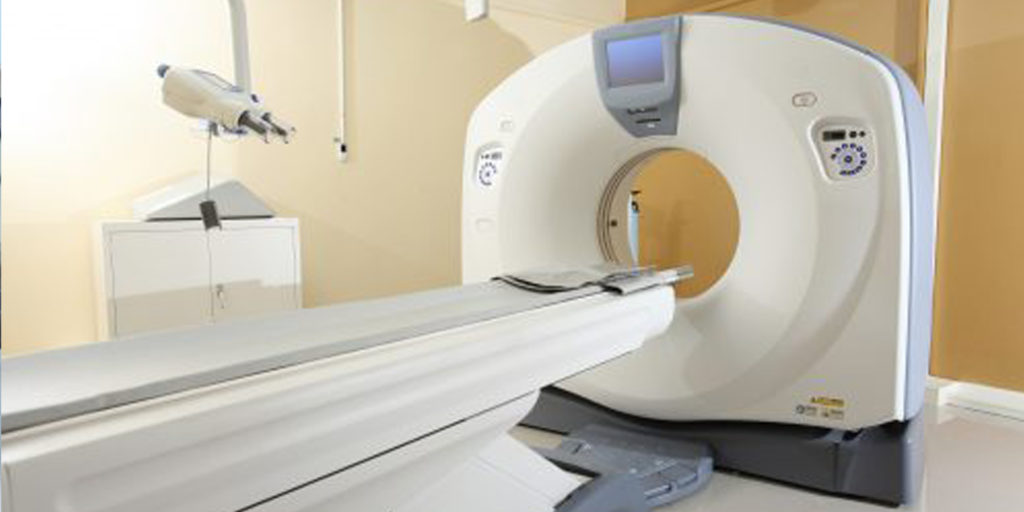
Use of Wireless Force Transducers in Biomedical Engineering
Biomedical engineering is constantly advancing and progressing at an increasingly impressive and surprising rate. Years ago, prosthetic limbs were mostly cosmetic. Today, their utility and functionality continue to improve. However, it’s important to gather feedback and data on their use and effectiveness, especially in a real-world environment, which can show very different results than one might find in a more controlled laboratory area. For years, doctors and other medical professionals found it frustrating to gather the data they needed. Patients aren’t medical professionals and, while their feedback is helpful, it isn’t always fully accurate. Lab studies provide useful information, but as stated, real-world scenarios can be drastically different. Day-to-day activities can sometimes present unexpected obstacles, and having access to that data can be tremendously helpful to future developments.
Measurements
How do you measure force and get data back to the doctors in a timely and reliable fashion? Enter wireless force transducers world. There are obviously applications for this and related technologies. Gripping and stepping obviously produce force, but small and medium forces can sometimes be challenging to measure. Force transducers can measure these forces accurately and consistently across a number of different surfaces, angles, and numerous other environments. This makes them an on-the-go measuring devices that’s reliable and consistently accurate. Previously, capturing this data required cables or storage of some sort, which would limit the access that medical professionals would have to the information. It would have to be collected at the lab or on follow-up visits. That’s cumbersome and time-consuming.
Wireless
Wireless technology has made this much more convenient, and feedback can be given virtually in real time. The wireless force transducer makes it easier to gather information, and as wireless technology becomes lighter, more energy efficient, and more integrated, so too does other biomedical engineering advancements. With lightweight, portable, and rugged designs, there’s less worry about damage to monitoring equipment as well, which makes it more dependable to take into the field. People can hike, jog, or even swim, and information can still be gathered, transmitted, and analyzed for research, rehabilitation, and future advancements in medicine. The benefits of wireless technology have and will continue to transform medicine.
